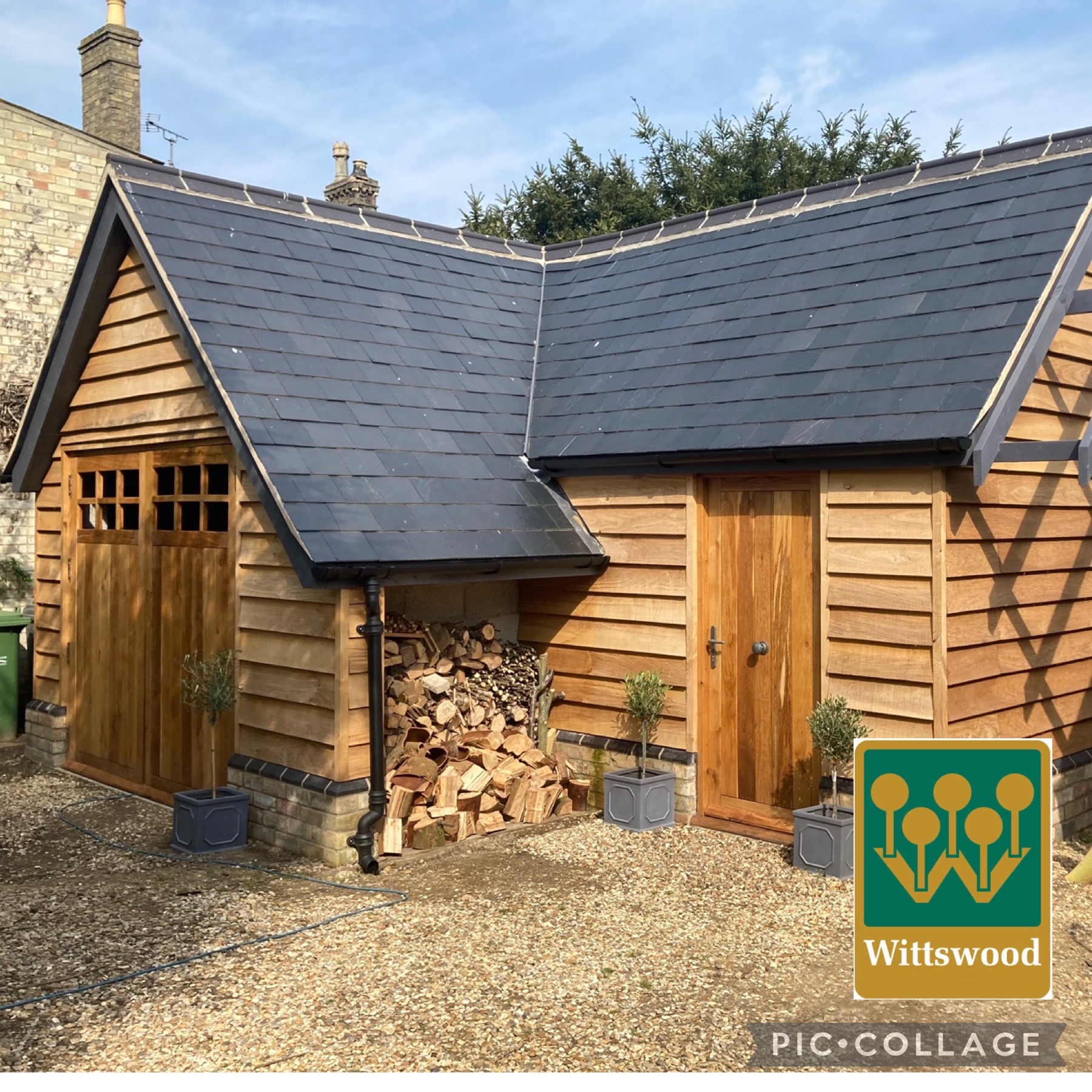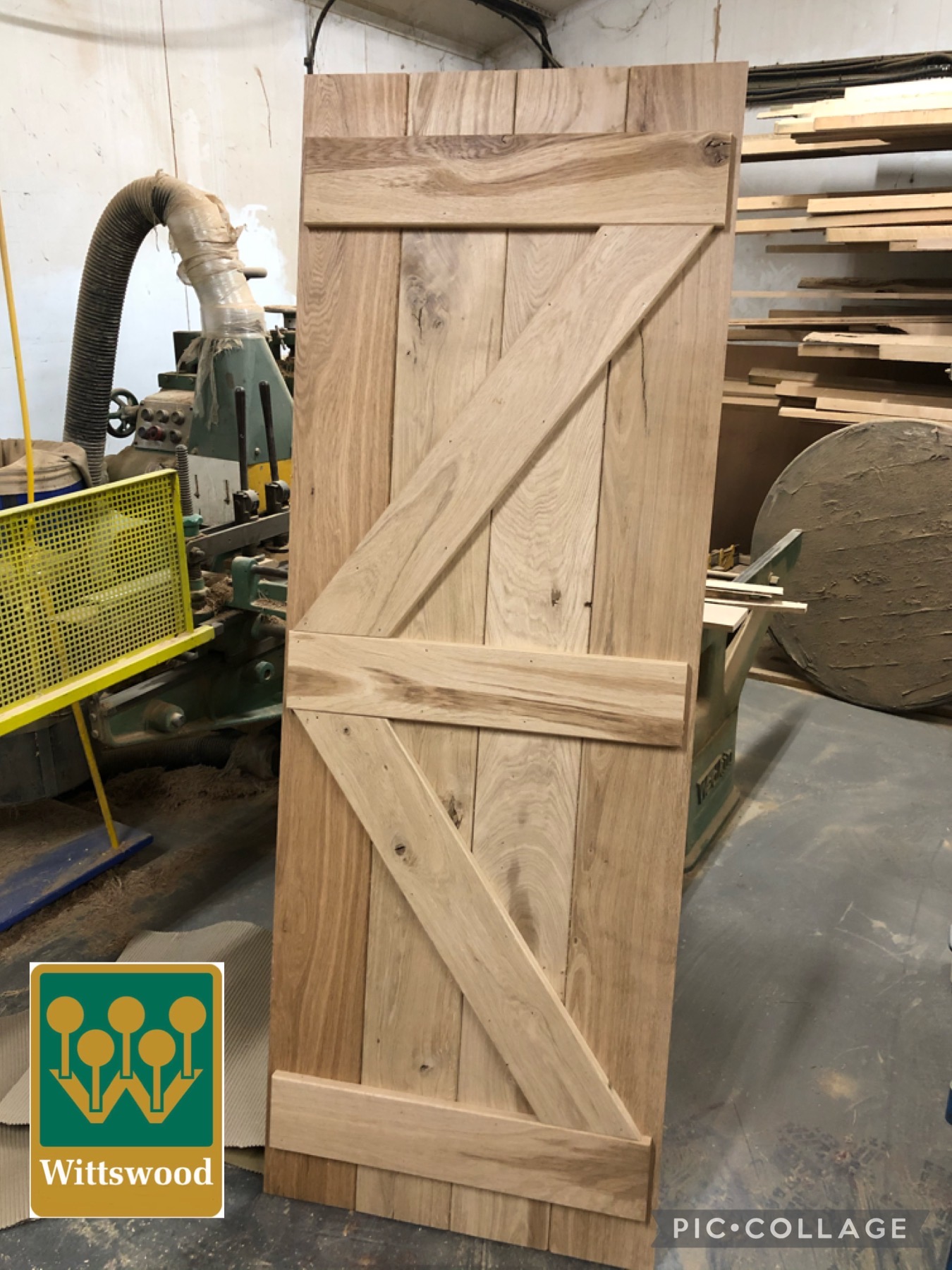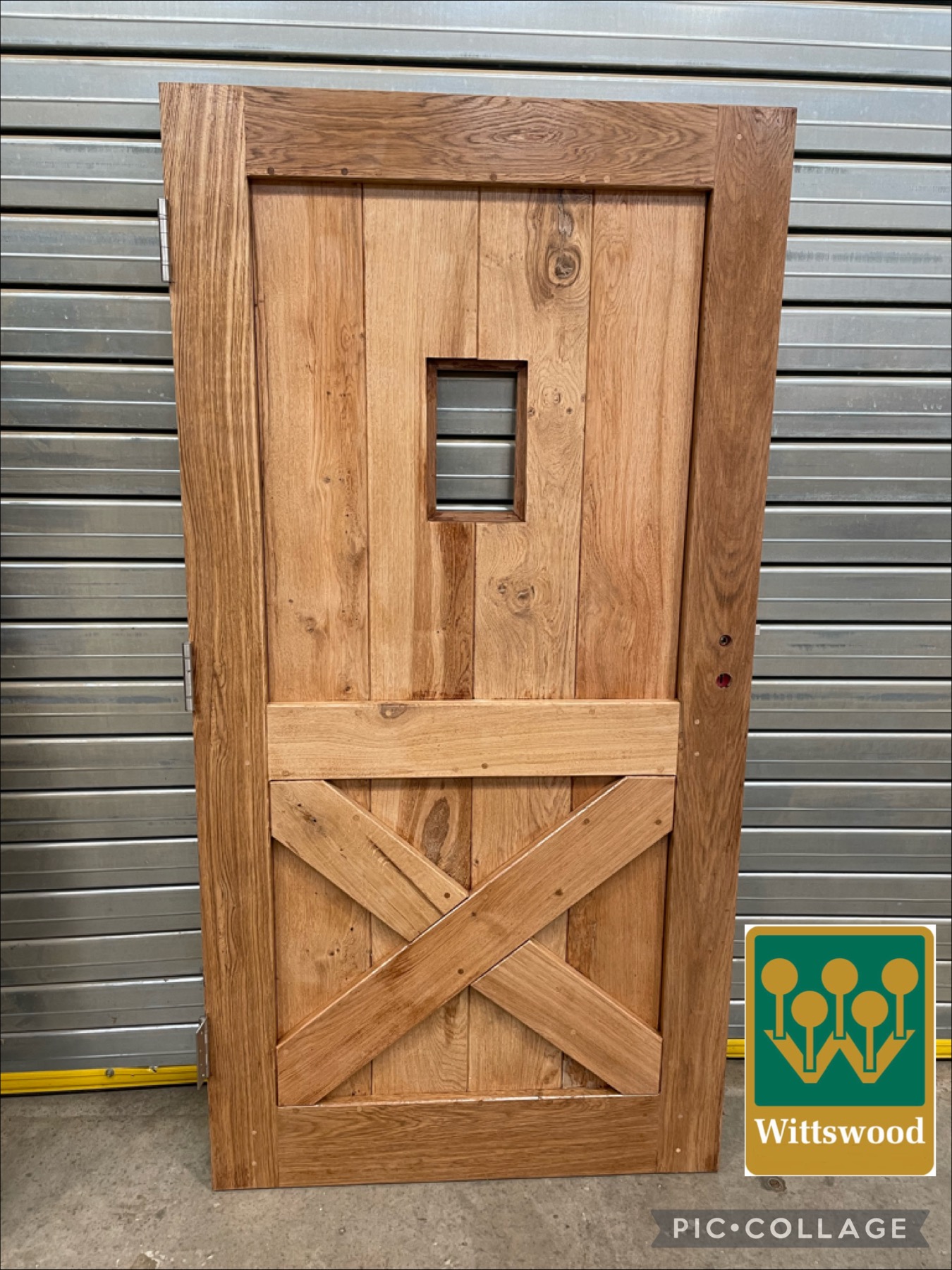Wooden Products have these benefits

MADE IN BRITAIN
Timber has a strength-for-weight ratio higher than steel

STOCKLIST FOR TREATEX
Wittswood are stockists of Treatex products
100% NATURAL WOOD
All products made from 100% Stong, Durable and Insulating Oak
DURABILITY
Wittswood purchase 100% FSC sustainable wood
Latest Blog Posts
-
Is it time to replace your Exterior Doors?

Your home's exterior doors are more than just functional entryways; they're the first impression guests have of your home and a vital component of its overall curb appeal and security. If your doors are outdated, inefficient, or showing signs of wear and tear, it may be time to consider replacing them. At Wittswood, we specialise in crafting high-quality exterior doors, manufactured from the finest European Oak, that not only enhance the aesthetic appeal of your home but also provide unmatched durability and security.
-
Functional Solid Oak Glazed Doors

Are you looking to bring some light into your interior spaces? The inclusion of glass panels in oak doors allows natural light to filter through, brightening up interiors and creating a sense of spaciousness. In smaller rooms or areas with limited natural light, oak-glazed doors can make a significant difference, enhancing the overall ambience and making the space feel more open and inviting.
-
Classic Oak Barn Sliding Doors

Oak barn sliding doors have become coveted features in modern interior and exterior design. With their distinctive aesthetics, durability, and practicality, oak barn sliding doors seamlessly marry form and function, offering a captivating glimpse into the past while enriching contemporary living spaces.







